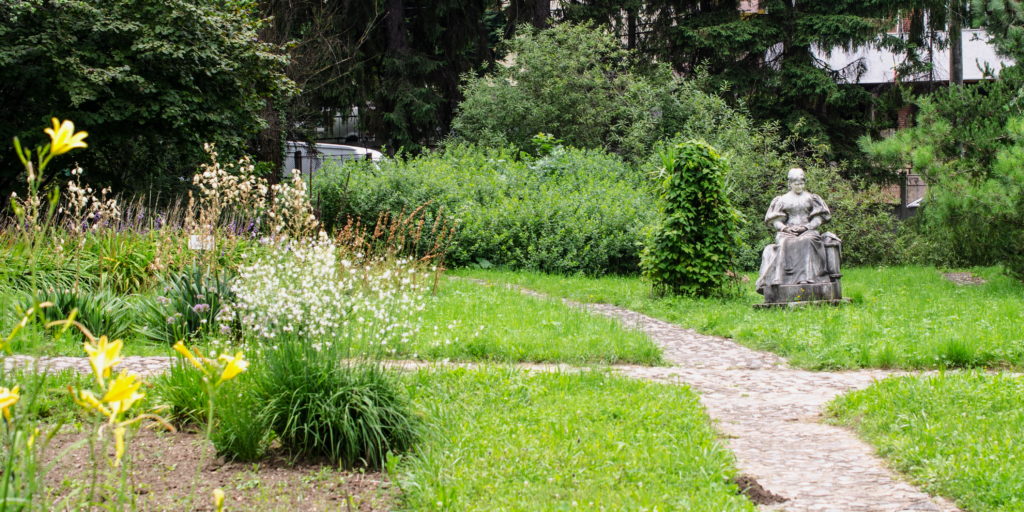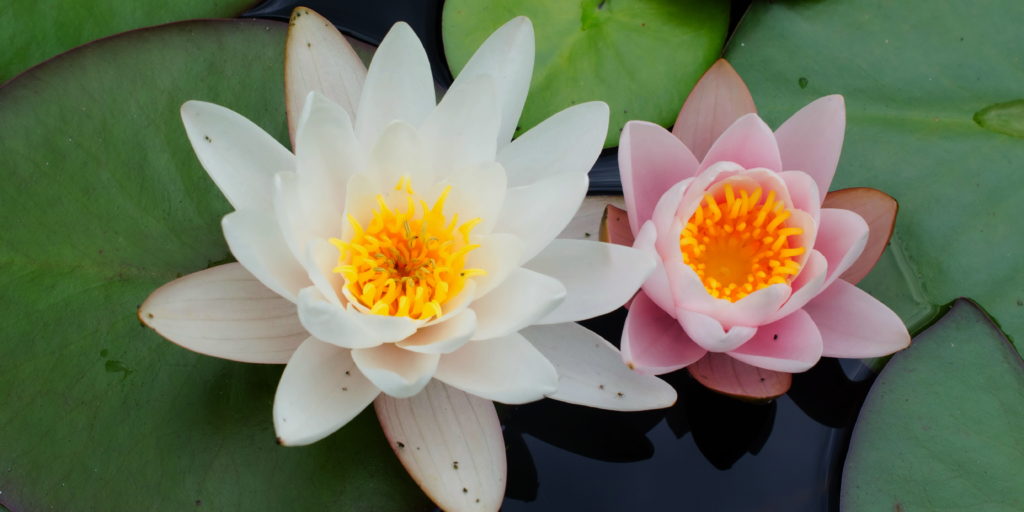The Systematic Sector

Systematic botany is the science that establishes relationships between plants based on their traits (morphological, anatomical) and genetic information, including extinct plants (of which some millions of years ago), but which constituted the basis for our understanding how biological organisms have evolved. Carl von Linné (1707-1778) is considered the father of taxonomy, many plant and animal species having been named by him. For example, the Latin name of the white lily is Nymphaea alba L., which ends on the abbreviation of the name of the scientist who described it (L.).

The visitor of our botanic garden can track the evolution of plants from ferns and conifers to grasses, orchids or Apiaceae. One of the main criteria used for the classification of plants is the flower structure, but more recently, the information generated by the study of the genetic structure of various species is becoming more important in refining classifications. The Systematic Sector of this botanic garden was designed by Prof. Alexandru Borza, the founder of the garden. The plants were placed according to the main botanic families, such as Pinaceae, Caryophyllaceae, Brassicaceae, Fabaceae, Asteraceae, Poaceae, etc.

The water ponds next to the water tower contain water lilies (Nymphaea alba, Nuphar lutea) and other aquatic or wetland plants (Alisma plantago-aquatica, Menyanthes trifoliata, Gratiola officinalis, etc.). Near the second entrance to the botanic garden (from the Pasteur Street) is a new collection of ferns (established in 2017) that includes species such as Asplenium trichomanes (the maidenhair spleenwort), A. ceterach (the rustyback), Polypodium vulgare (the polypody). Within a few metres there are two bog-like areas (wetlands with a permanent layer of moss) with Molinia caerulea (the purple moor-grass) and Vaccinium uliginosum (the bog bilberry) and Vaccinium vitis-idaea (the lingonberry) in the oligotrophic wetland.
